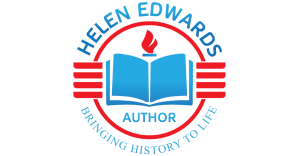More than 130 people filled the Centennial Ballroom in the Union Club of BC yesterday to hear an update on downtown safety from City of Victoria Mayor Marianne Alto.
The event was sponsored by PwC.
The Mayor spoke frankly about the dire need to take urgent action, acknowledging that businesses were facing too much stress from crime and disorder.
“I think there is no single issue that is more powerful, compelling and important than this right now,” Alto said, noting that there has been a relationship between the city and The Chamber since both were founded in the 1860s.
The Mayor pointed to the Community Safety and Well-Being Plan announced this summer, and noted that first steps such as increased police presence are happening now.
The Mayor also called out the provincial and federal governments for passing the buck on their responsibilities, as well as other local governments that watch idly as residents leave for services only available in Victoria.
“The (new) message is we’re changing what’s happening and we are no longer going to be the only provider (of services for homeless people) in the region,” Alto said. “Therefore, colleagues around the region do something with your own people. People who are coming — we’re full.”
During the Q&A that followed, the Mayor addressed concerns about homeless people congregating in front of businesses as well as how the city can better work with the province on housing.
“On behalf of The Chamber, I’d like to thank the Mayor for being accountable to those who attended our event, and for her promise to take urgent action to help downtown businesses,” Chamber CEO John Wilson said. “We’ll keep talking about this issue for as long as it takes to be resolved.”






















